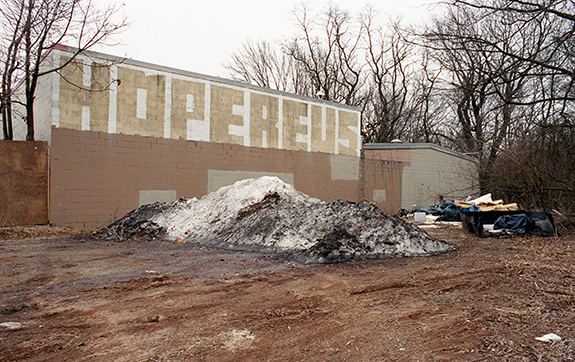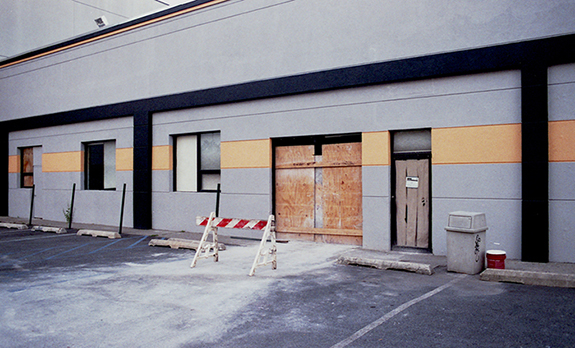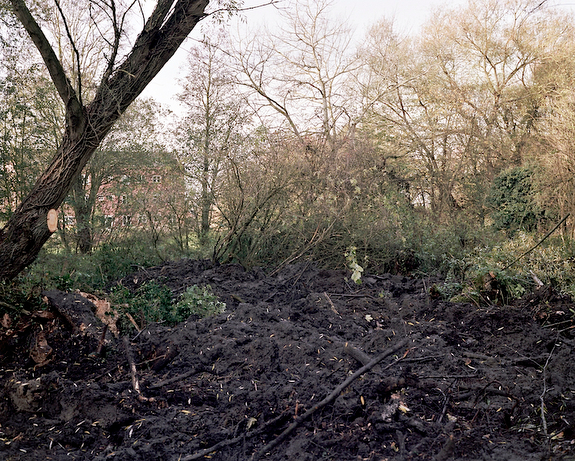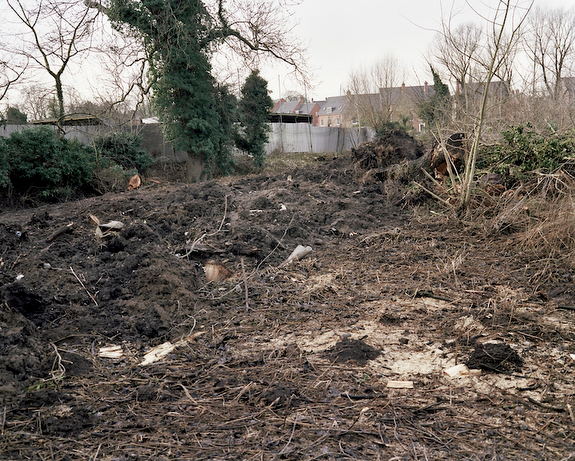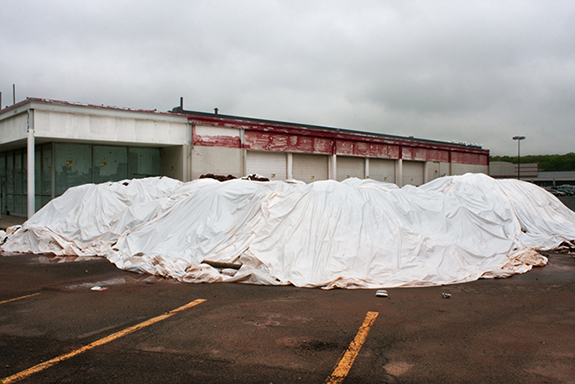
Spaces of urban, suburban, and industrial use have been crafted and designed with specific purpose in mind by their creators, i.e. us. They are planted into the natural landscape and allowed to rest there indefinitely. Eventually, they are no longer useful as the times, and the people, change. While in large cities real estate is constantly transforming, suburban and industrial space rarely moves in tandem with the people.
This relationship between places lost in malaise and communities unequipped to repurpose them is at the center of my photography. My aim is to document the nature of landscapes that are expired, misappropriated, and lost and to capture the transformative process as it takes place. In doing this I hope to show how this defines the communities that these places occupy.
— Alex Segal, New York City
